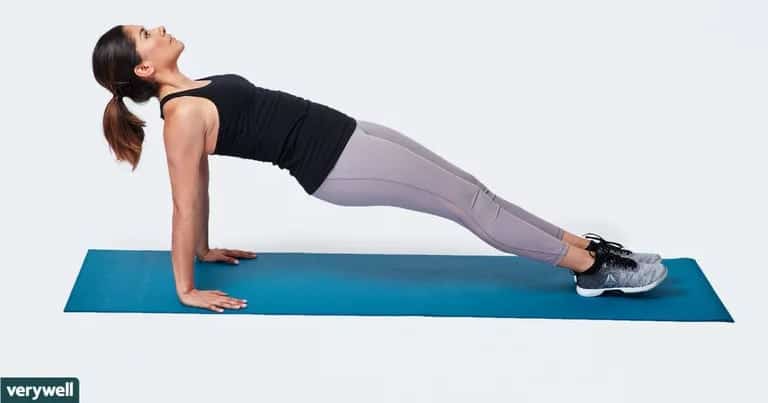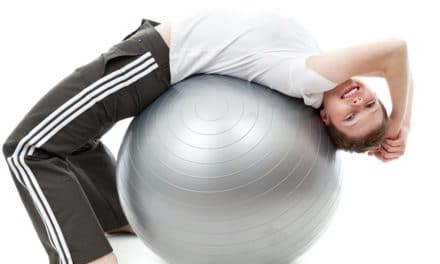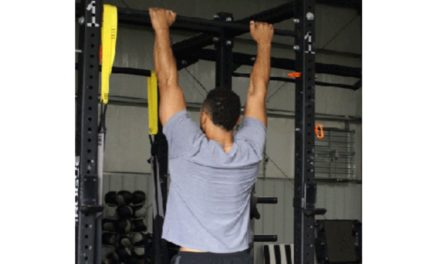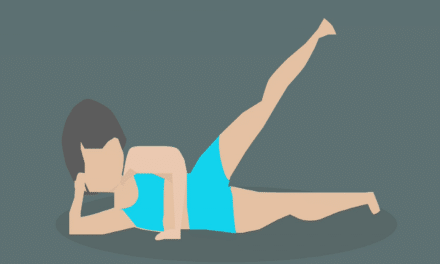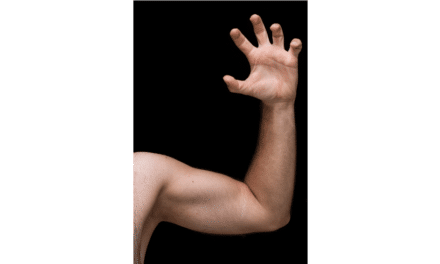First of all, the blog post’s image comes from this website I used below and shows a reverse plank with the best possible posture and technique. Reverse planks are the most challenging form of planks, which has many new benefits compared to the traditional plank and side-plank I have discussed previously. While forward planks and side planks work the front part of your body, including core, obliques, and quadriceps, reverse planks work hamstrings, back, and has more focus on your lateral muscles of the shoulder. A combination of the three plank techniques I have mentioned ensures you work out almost your entire body within a few minutes.
To perform the reverse plank Very Well Fit does a perfect job at this in their article called “How to Do a Reverse Plank.” They explain that the first thing you need to do is get in the traditional plank posture and then turn on the other side, ensuring that extend your legs in front of you. Place your hands (spreading out the fingers) a little behind your hip and outside your hips. With your hands holding your balance on the ground and your extended feet, lift your torso as far as you can. Make sure that you tighten your entire body to keep you off the ground. Try to keep your chest as high as you can without exhausting your body. Since muscular dystrophy may impede this process, if your hips begin sagging, take a break until you can effectively hold your entire body up without moving from that position. You can perform this exercise on your forearms instead of keeping your arms straight if that is easier for you. Make sure to keep breathing throughout this exercise, whether it is solely with your nose or inhaling with your nose and exhaling with your mouth.
I would recommend holding a reverse plank for forty-five seconds and doing that three times during any workout. Since the plank can work your entire body in a few minutes, complete three sets of this with the other forms of planks in my previous blog posts. If you cannot hold this exercise for forty-five seconds, hold for less (emphasize the correct posture and technique of this exercise not to harm your body). I do plank exercises in addition to any workout I perform as planks are one of the most excellent forms of exercise that are safe and have come across. As mentioned previously, doing an all-around-the-world plank workout without touching the floor is terrific if you can do it. It involves you performing the forward-forearm plank for a minute, completing the side plank on both sides for thirty seconds each, and then doing a reverse plank for forty-five seconds.
Over time, you will notice that your entire body’s strength will increase over time as you perform reverse plank in particular. I found that the exercise became easier over time, showing how my strength has increased without any scientific discussions. My physical therapists noticed less winging in the scapular region and more strength in my back area. I found it easier to walk and perform daily activities that almost always requires movement in the back. My posture improved, which led to less tightness in my back and hip area, which are currently the tightest areas of my body. I am sure that you will encounter revolutionary results displaying how amazing this exercise is.
I hope my discussion of the plank exercise gives you a safe, comfortable, and time minimal activity that can improve your body dramatically. There are other forms of planks that are out there if you want to put the time to research them on your own, but these are the form of planks that I have found most useful.

